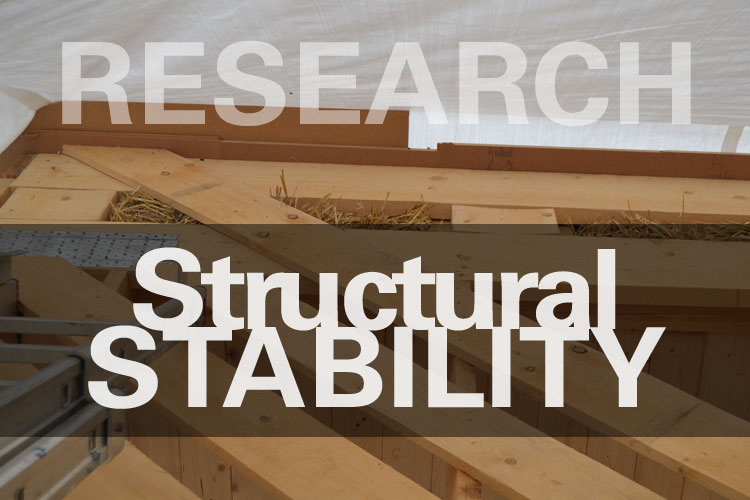Straw bale construction is a building technique with a low environmental impact that has been gaining popularity over the last few decades. The aim of the paper is to contribute to the assessment of the potential of straw bales as a building material by measuring their dynamic mechanical properties and by modelling their response in time to mechanical load. To this end, relaxation tests, creep tests and tests with cyclic loads were performed on small prismatic straw bales at different loading levels. Data were fitted using different models: power models for cyclic load data and stretched exponential models for creep and relaxation data. Results show that bales exhibit a viscous-type response; the models used for data fitting predict that straw bales eventually settle to an asymptotic value of displacement in case of creep and of force in case of relaxation. Under cyclic loading, straw bales can dissipate energy; such capability, as well as the elastic performance of straw bales, decreases as cyclic loading continues, but can be retrieved after some time of resting from loading.
A comparison between the creep performance of straw bales and that of conventional building materials showed that, in this respect, straw bales perform on average in a similar manner to masonry brickwork.
Authors;
- Maraldi, Mirko
- Molari, Luisa
- Molari, Giovanni
- Regazzi, Nicolò
Link: http://www.sciencedirect.com/science/article/pii/S1537511018302599



